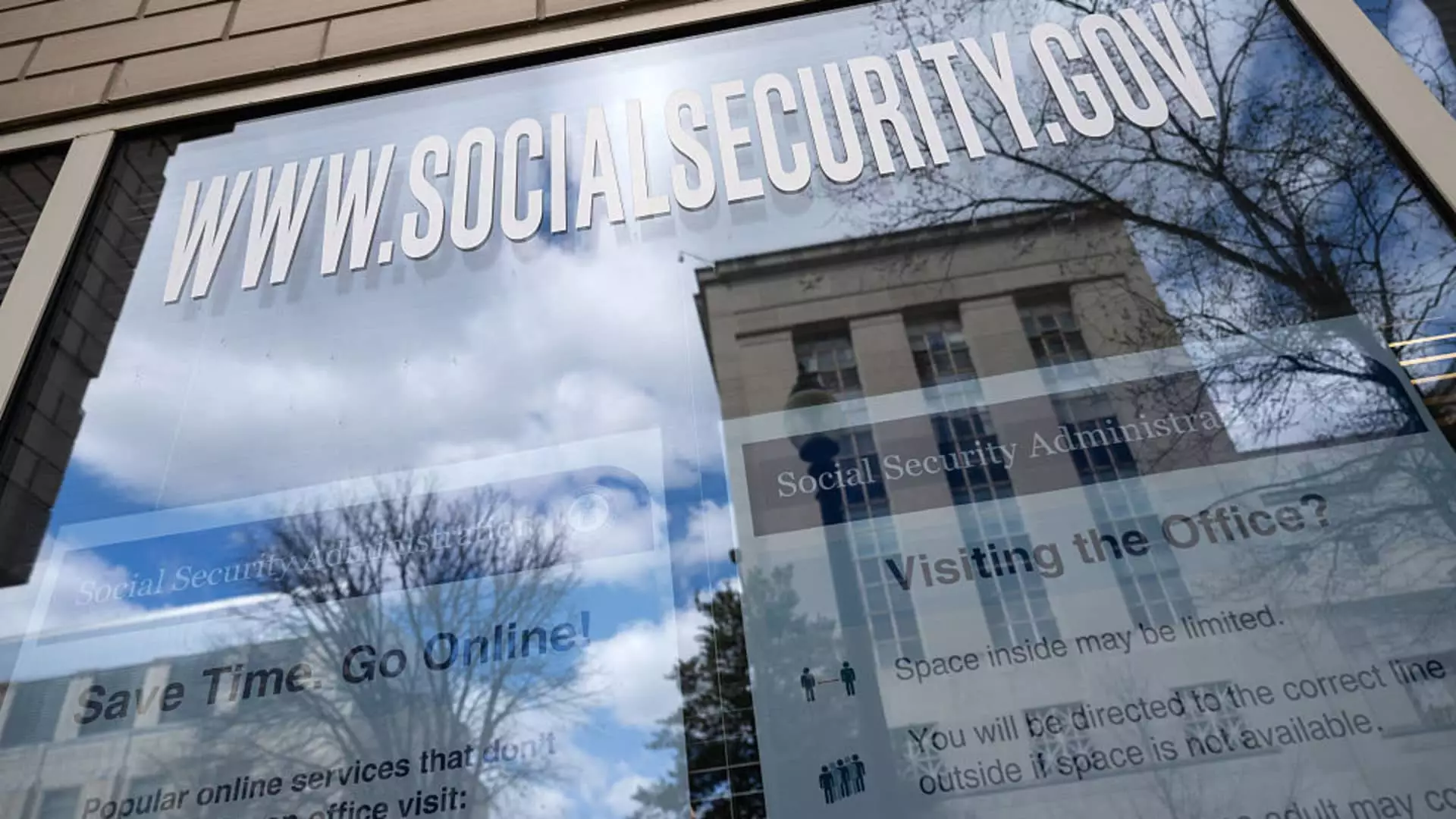The latest report from the Social Security Board of Trustees is nothing short of a wake-up call; it has officially charted a troubling path towards 2033, the year when the core trust fund is expected to be fully depleted. For millions of Americans relying on Social Security for their retirement security, this forecast is alarming—yet it seems to have barely registered in the national discourse. Social Security is no longer just a financial safety net; it is a fragile lifeline that, without intervention, may falter and lead to a substantially weakened payout of benefits.
With projections indicating that by 2033, only 77% of the benefits will be payable, the implications of such a depletion echo far beyond mere statistics. For those who have spent their lives diligently contributing to this fund through payroll taxes, the prospect of receiving significantly reduced benefits feels like a betrayal—a potential breach of the social contract that underpins the very structure of American life. This isn’t just about finances; it’s about dignity, respect, and the fundamental right to a secure retirement.
Trust Fund Complexities and Legislative Challenges
The combined trust funds, which include the Old-Age and Survivors Insurance Trust Fund along with the Disability Insurance Trust Fund, are slated to run dry a year earlier than previous expectations—2034. Such an alarming trend raises profound questions about political resolutions and priorities. Current laws prevent the merging of these funds, although Congress has shown flexibility in shifting funds during times of crisis.
Yet what stands out is the discomforting fact that legislative inaction remains pervasive. The inclusion of the Social Security Fairness Act, which aims to enhance benefits for public pensioners starting in 2025, only serves to emphasize how transitional the fight for Social Security has become. While this legislation may seem beneficial, critics argue that it could paradoxically exacerbate existing financial shortcomings within the system—leaving recipients and lawmakers in a standoff akin to a game of fiscal chicken.
With Congress seemingly bound by rigid ideological lines, the discourse surrounding augmentation measures, be it through tax adjustments or cuts to benefits, appears stagnant. The expectation that either party will yield to the needs of constituents without robust public pressure seems naïve, if not misguided.
Voices of Concern: Experts Weigh In
Expert commentary, such as that from Maya MacGuineas, president of the Committee for a Responsible Federal Budget, highlights the urgency of the situation. As benefits dwindle, the pressure mounts: lawmakers are “running out of time” to implement necessary changes without imposing harsh consequences. Her words ring particularly poignant when contrasted against the backdrop of a society that relies heavily on Social Security—a program fought for and built by generations of workers.
Adding complexity to this already murky scenario are external factors, including current tax proposals and legislation that risk further destabilizing funding sources. Kathleen Romig’s observations about how these elements were absent from the trustees’ report underline a critical gap in the financial forecasting mechanisms that underpin such a vital program. When external developments are ignored, it raises questions about the robustness of the assessments being made by those in charge.
The Public’s Opinion: A Clear Stance on Solutions
Recent findings reveal a remarkable consensus among the American populace; a significant 85% of individuals surveyed—including a cross-section of ages, economic backgrounds, and political affiliations—would prefer raising taxes to cutting benefits. This clear inclination suggests an undeniable truth: people cherish Social Security for what it stands for and are willing to finance its longevity.
Support for scrapping the payroll tax cap for earnings over $400,000 and gradually increasing the payroll tax rate speaks volumes. The desire to secure Social Security cuts across ideological boundaries, showing that when it comes to safeguarding a legacy built through decades of sacrifice, Americans are united.
While the rhetoric of bipartisan compromise is often circulated within congressional halls, the public’s perspective must inform this critical debate. What remains to be seen is whether lawmakers can transcend partisanship in favor of solutions that ensure Social Security’s stability as America grapples with an aging population increasingly dependent on these benefits.
In many ways, the fight for Social Security symbolizes something larger—the struggle for social equity and economic justice in a changing America. The question now is: will we allow our leaders to continue down a path of inaction, or will we hold them accountable for the future security of our families and communities?

